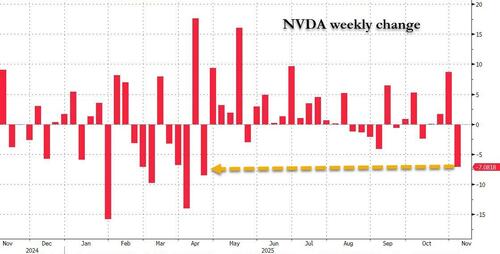Nearly a month after Hindenburg Research dropped a bombshell about the Adani Group, the conglomerate’s stocks have lost more than half their value. These stocks had a meteoric rise over the past three years, but the fall has been steep, forcing the group to scale back its ambitious fund-raising and expansion plans.
Hindenburg’s report suggested that the promoters of the Adani Group pumped up stock prices, using fake companies and by relying on the services of the infamous Ketan Parekh network of brokers. Parekh was the kingpin of the 2001 stock market scam. Adani denied these allegations, and said that the report was an attack on India, not just Adani.
The impact on the broader market has been limited so far, partly because of limited retail participation in Adani stocks. Most mutual fund managers did not buy into the Adani story anyway; so, their retail clients have been protected from the meltdown.
The Adani saga raises two critical questions about India’s market regulations. The first relates to the effectiveness of India’s market watchdog, the Securities and Exchange Board of India (Sebi). It enjoys a wide range of powers to regulate listed firms, stock exchanges, and market intermediaries. Every financial scam — from the Harshad Mehta scam of 1992, the Ketan Parekh scam of 2001 and the NSEL scam of 2013 — prompted regulatory changes that added to Sebi’s powers. But it is worth asking if Sebi’s enforcement of these regulations has kept pace with its growing powers.
In cases involving large companies, Sebi is often found dragging its feet. A 2007 allegation of stock price manipulation by Reliance Industries Limited led to an investigation that lasted eight years. Sebi took two more years to draft its orders in the case. In 2017, it finally levied penalties on Reliance. Another investigation of alleged price manipulation in Reliance stocks dating back to the 1990s is still awaiting closure and is caught in a legal tangle.
Sebi orders tend to be of two types. The first type is issued by an assessing officer and is meant to punish those found violating Sebi norms. The second type is issued by a Sebi board member, and is supposed to be remedial or pre-emptive in nature. Given the preventive nature of the second kind of orders that are issued by the higher authority, one would expect these orders to take less time than those issued by assessing officers. Yet, the data show otherwise.
A 2022 analysis by Devendra Damle and Bhargavi Zaveri-Shah based on thousands of Sebi orders spread over a decade (2011-20) found that orders by Sebi board members tend to take much longer than those by assessing officers. It is not entirely clear what explains the difference but it is possible that Sebi board members deal with high-profile cases and may be more careful in passing orders.
Both the anecdotal and empirical evidence suggest that Sebi investigations take too long to complete. The slow pace can hurt market participants that are innocent, and it can aid market participants that violate market norms.
Transparency around investigations may help. If Sebi were to start publishing a list of ongoing investigations on a monthly or quarterly basis, it would help draw attention to delayed cases. The officers involved would face pressure to speed up such cases. Sebi’s credibility as a fair and effective regulator would be burnished in the long-run.
The other regulatory question the Adani saga raises pertains to short-selling. Hindenburg claimed it shorted Adani’s stocks through overseas derivative instruments. Its report created so much controversy partly because short-selling is highly restricted in India. If these restrictions were loosened, critical reports on stocks would become more commonplace in the country. Having more short-sellers would only add to the depth and resilience of the Indian markets.
The business model of a short-seller can be explained with a simplified example. Suppose a stock is trading at ₹100, and a short-seller expects it to fall. The short-seller will borrow the stock to sell it at ₹100. When the stock price has fallen significantly, say to ₹50, the short-seller would buy the stock and return it to the lender. In the process, the short-seller makes a gross profit of ₹50 (without accounting for the charges involved in borrowing the stock).
Short-sellers try to pinpoint problems with the stock they are shorting in the hope that it would persuade others to sell the stock. This is not different from mutual fund managers who talk up stocks they purchased. The only difference is in the direction of their bets. Both short-sellers and long-only investors are driven by greed and are speculating about the future.
In most mature markets, short-sellers are seen as a countervailing force to long-only funds, since they help prick stock price bubbles. A 2005 Sebi discussion paper on short-selling described it as a legitimate investment activity that added to market depth.
Fears that short-selling may lead to excessive volatility in Indian markets have kept in place curbs on short-selling. But it is time to reconsider these restrictions. Given the nature of their activities, short-sellers can provide early warning signals on bubbles and frauds. The Indian market needs its share of naysayers and sceptics to be able to grow sustainably.
Pramit Bhattacharya is a Chennai-based journalistThe views expressed are personal















